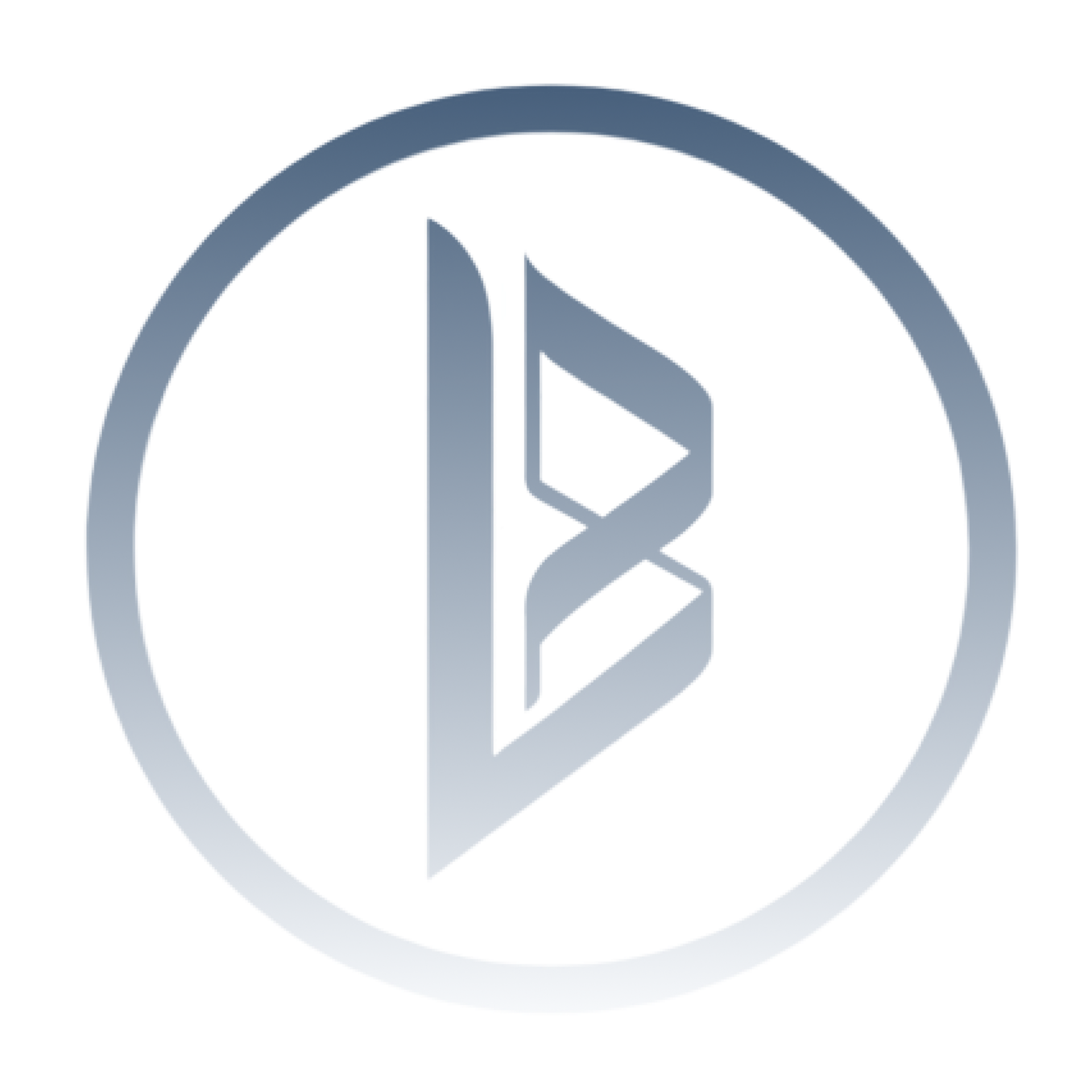You’ve probably seen this scene before.
A brilliant creative sits across from a client — portfolio packed with world-class work, strategy dialed in, outcomes proven.
And yet… they undersell. They soften their price. They explain instead of declare.
Meanwhile, someone far less talented — maybe half the skill, twice the swagger — walks out with the deal.
It’s not fair. But it’s real.
In 2025, creative success isn’t just about talent. It’s about translation — your ability to turn your ideas into authority, your skills into stories, and your value into conviction.
Confidence, not competence, is the new differentiator.
And that’s exactly where the best creatives fall short.
Reality Check: The Hidden Tax of Modesty
Let’s be blunt:
Most creatives didn’t get into this business to sell. You wanted to make. To move people. To build things that matter.
Selling feels like the opposite of that — manipulative, contrived, uncomfortable.
But in today’s market, invisibility is the most expensive mindset you can have.
A 2024 Adobe Creative Economy Report found that 74% of creatives struggle with self-promotion, and over 50% have lost clients or opportunities because they “didn’t speak up enough.”
That’s not a talent problem. That’s a confidence problem.
And the irony? The more talented you are, the more likely you are to experience it. Because excellence raises your standards — and perfection kills your momentum.
Let’s break down why the best creatives get stuck here — and how to bridge the gap for good.
The Expertise Illusion: “My Work Should Speak for Itself”
You’ve heard it — maybe even said it: “If my work is good enough, people will see it.”
It’s noble. It’s romantic. And it’s wrong.
In a noisy marketplace, clarity beats quality every time.
Because the brain doesn’t choose the best — it chooses the clearest and the most confident.
Research from Harvard Business School found that confident communicators are perceived as 40% more competent than equally skilled peers who speak with uncertainty.
That means your tone, posture, and conviction matter just as much as your portfolio.
You’re not bragging. You’re briefing.
You’re giving your audience the clarity they need to say yes.
Before your next client call, replace “I think” or “I hope” with “I recommend.” That single shift changes how people hear you — from tentative to trusted.
The Imposter Loop: Confidence Can’t Survive Comparison
Scroll any creative platform for five minutes and you’ll feel it — the creeping doubt.
Someone’s always doing more, faster, louder.
Suddenly, your work feels smaller.
But here’s the truth: comparison is data without context.
You’re looking at someone’s highlight reel and comparing it to your behind-the-scenes.
Psychologists call it the Imposter Loop — a pattern where high performers underestimate themselves precisely because they’re aware of how much they don’t know.
The fix isn’t “fake it till you make it.” It’s measure backward.
Build a “confidence file.”
Every time you deliver results, get praise, or finish a big project — screenshot it, save it, and tag it. When self-doubt hits (and it will), open the folder. That’s your proof file.
Confidence isn’t a mood. It’s evidence, revisited.
The Selling Shame: Why “Marketing Yourself” Feels Gross
If the word promotion makes your skin crawl, you’re not alone.
Creative people often associate selling with sleaze — loud voices, fake urgency, endless self-congratulation.
But selling isn’t manipulation. It’s translation.
It’s the bridge between what you create and who it helps.
You’re not “selling yourself.” You’re educating someone about how you solve their problem.
Instead of saying, “I design websites,” say, “I help brands turn clicks into conversions through strategic design.”
Same skill. Different positioning.
Your work deserves visibility. And visibility requires vocabulary.
The Overthinking Trap: When Perfection Silences Potential
Creatives are masters of detail — which means they’re also victims of delay.
You’ll over-edit a post for three days, rework a pitch ten times, and still call it “not ready.”
But confidence doesn’t come before visibility. It’s built through it.
Think about a musician performing live. Their first concert isn’t flawless — it’s formative. Each show builds stage confidence.
You’re the same. Every post, pitch, and conversation is a rep.
Micro-action plan:
Post one imperfect insight a week.
Reach out to one new prospect a month.
Speak up once in every meeting.
Small public reps lead to exponential private confidence.
The Inner CEO: Systems Create Self-Belief
Confidence isn’t just mindset. It’s management. If you want consistent self-belief, you need structure around it.
Here’s a 3-step framework I teach creative founders:
1. Clarity — Define your positioning.
What do you want to be known for? Write it in one sentence.
“I help [type of client] achieve [specific outcome] through [your unique process].”
2. Credibility — Gather the proof.
Three solid testimonials or data points can double your perceived authority overnight.
3. Consistency — Show up even when you don’t feel ready.
Visibility compounds. A client who’s been seeing your content for three months already trusts you — before you ever pitch.
Confidence is not an event. It’s a system.
The Courage to Be Seen
Let’s be honest: creative confidence isn’t about ego.
It’s about ownership.
It’s saying, “I know what I bring to the table — and I’m not afraid to pull up a chair.”
Every great creative you admire — from Debbie Millman to Donald Glover — had to learn to speak for their work before the world did.
Because the market doesn’t reward the quietest genius. It rewards the clearest messenger.
So the question isn’t “Am I good enough?”
The question is: “Am I willing to be seen?”
Because the moment you start showing up — not perfectly, but publicly — the world starts listening differently.
Closing Thought: The 2026 Creative Imperative
If 2024 was the year of creation, 2026 is the year of communication.
AI can make things. Algorithms can distribute them.
But confidence — your voice, your conviction, your human clarity — that’s your competitive edge.
So write the post. Raise the rate. Send the pitch. Not because you’re fearless. But because you’ve decided fear is no longer the CEO.
The creative revolution doesn’t need more perfection.
It needs more brave professionals willing to stand up and say — “I made this. And it matters.”




